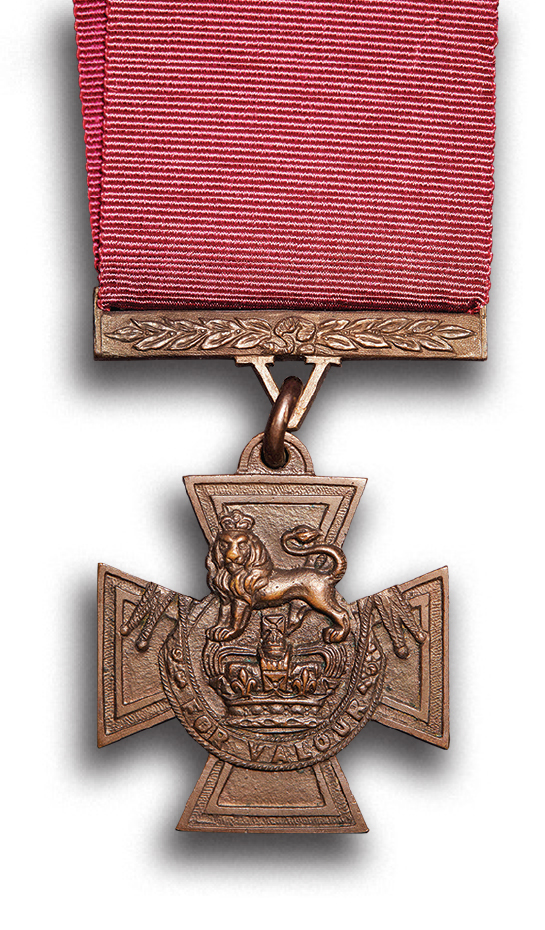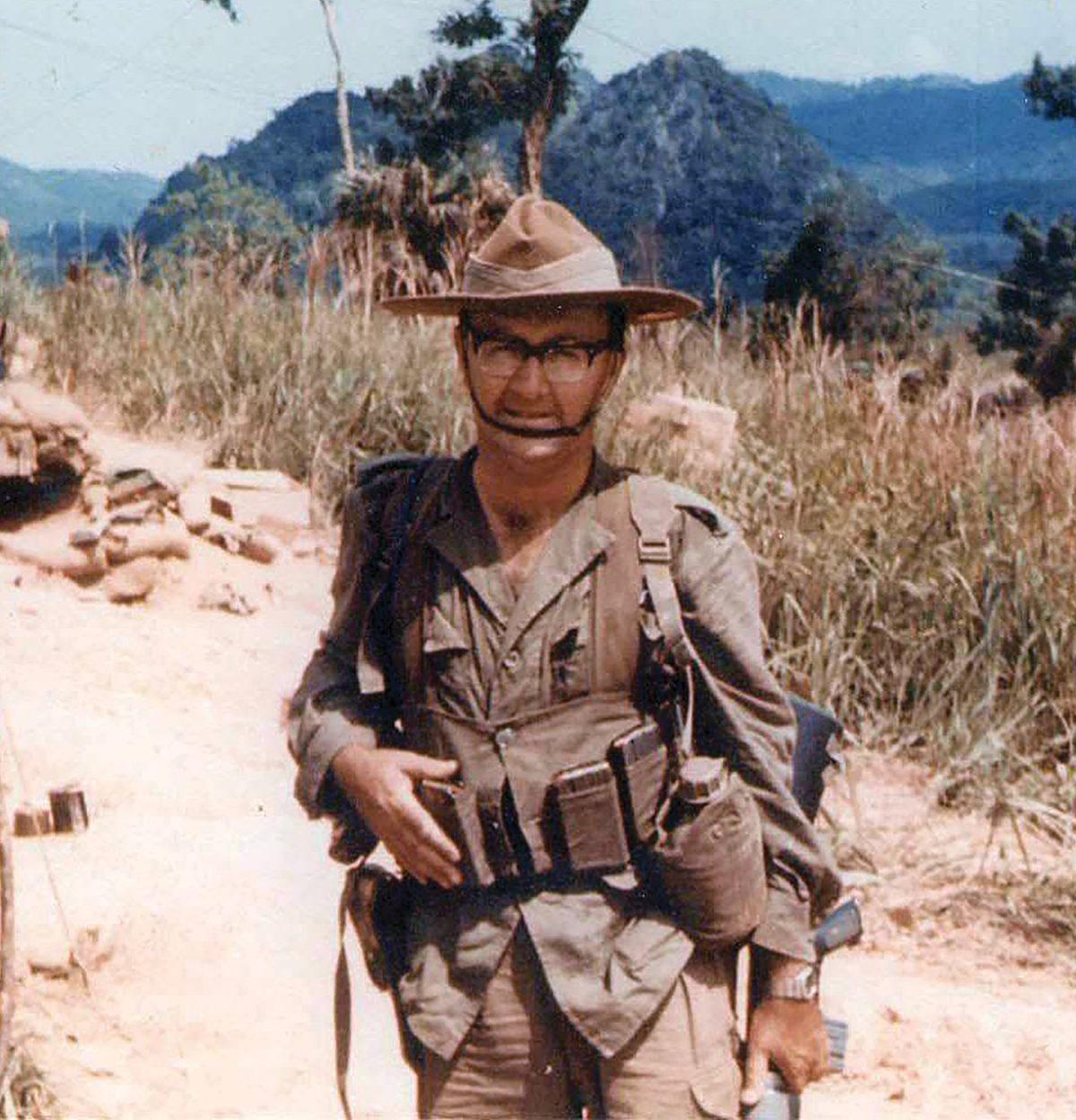Nicknamed “The Galloping Major,” Peter Badcoe was one of only four Australian soldiers to be awarded the Victoria Cross during the Vietnam War. Born in Malvern, South Australia, in 1934, he enlisted in the Australian Army in 1950. After graduating from Officer Cadet School in 1952, he was commissioned a 2nd lieutenant in the Royal Australian Artillery.

In June 1961 Badcoe was assigned to 103 Field Battery, serving a tour in the Federation of Malaya following the conclusion of the 1948-1960 Malayan Emergency, during which Communist insurgents attempted to overthrow British colonial administration. In November 1962 he was sent from Malaya to South Vietnam for a week-long tour of temporary duty to observe operations against Viet Cong insurgents. Aggressively pursuing opportunities to gain combat experience, Badcoe spent five days in the field with an ARVN battalion in Quang Ngai Province and subsequently managed to join an airmobile operation with the ARVN 7th Division in the Mekong Delta.
In 1965 Badcoe branch-transferred to the Royal Australian Infantry Corps. After his request for assignment to Australian Army Training Team Vietnam (AATTV) was approved, he completed the adviser course at the Intelligence Centre at Mosman, New South Wales, and the Jungle Training Centre course in Canungra, Queensland. Arriving in South Vietnam in August 1966, Badcoe was assigned as a sub-sector adviser in Thua Thien Hue Province on Vietnam’s central coast, where he was responsible for working with district-level Regional Forces and Popular Forces (RF/PF).
On Feb. 23, 1967, Badcoe was operating with an RF company in the Phu Thu District when he monitored a radio transmission reporting that a nearby American adviser had been killed and another was seriously wounded and pinned down. Going directly into the path of enemy fire, he moved across 600 meters of open ground to secure the wounded American. He then led a platoon-sized counterattack against the VC machine gun, personally killing the gunner.
Twelve days later on March 7, two VC battalions attacked the Quang Dien District headquarters. When the commander of the RF Reaction Company was killed, Badcoe moved to their position and assumed command. He led a counterattack that beat back the numerically superior VC. On April 7, 1967, Badcoe was the sector headquarters staff duty officer in Huong Tra District when reports came in that the ARVN 1st Division Reaction Company was pinned down under heavy fire near the hamlet of An Thuan. Badcoe and U.S. Army Sgt. Alberto Alvarado immediately got in a jeep and headed for the fight. The ARVN force was falling back as they arrived.
Badcoe rallied the South Vietnamese and led them in a counterattack. Crawling close to a VC machine gun, he made several attempts to take it out with hand grenades. At one point Alvarado had to pull him down out of the line of fire. When Badcoe rose one last time to lob a grenade, he was killed by enemy fire. However, the restored momentum of the ARVN attack ultimately managed to overrun the VC position.
Badcoe was awarded the Victoria Cross posthumously for his combined actions of Feb. 23, March 7, and April 7, 1967. The United States awarded him the Silver Star with Oak Leaf Cluster, the Purple Heart, and the Air Medal. The Republic of Vietnam made Badcoe a Knight of the National Order of Vietnam, and awarded him the Cross of Gallantry with Palm, Gold Star, and Silver Star, and the Armed Forces Honor Medal 1st Class.
Badcoe was buried at the Terendak Garrison Cemetery in Malacca, Malaysia. In 2015 the Australian government repatriated the remains of 22 Australian soldiers from Malaysia, but Badcoe remains at Terendak at the wish of his family. The inscription on his special Victoria Cross headstone reads, “He lived and died a soldier.”
historynet magazines
Our 9 best-selling history titles feature in-depth storytelling and iconic imagery to engage and inform on the people, the wars, and the events that shaped America and the world.







